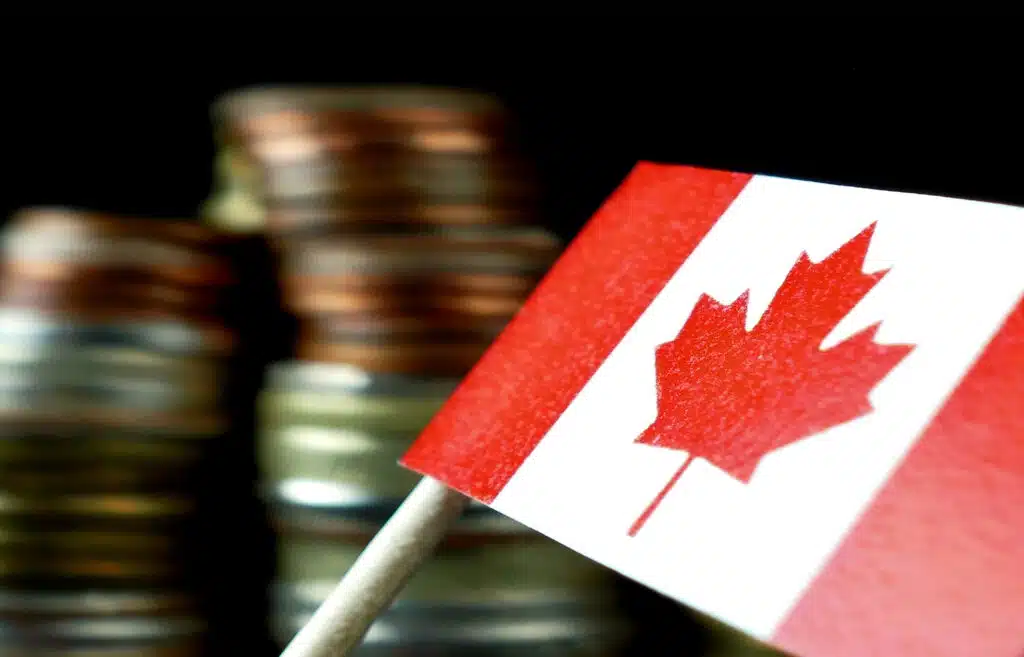Did you know that effective April 1st, 2015, the Saskatchewan government reduced its SR&ED tax credit return from 15% to 10% and removed the refundable provincial portion all together? We were shocked as well.
What exactly does this mean? Read on to discover the differences between the provincial and federal portions of your SR&ED tax credit as well as the breakdown in other Western Canadian provinces.
Cutting the refundable portion of the Saskatchewan SR&ED tax credit will have a significant impact on businesses, especially the small-medium sized enterprises (SMEs). What was once an effective way to attract and retain technology-related businesses, may now be a deterrent to those wishing to set up a technical R&D shop in the province.
Now, companies will only be able to use the credits to pay their income taxes. SMEs will no longer receive a cheque from the government for their SR&ED claim, which will be a huge shock to the system as many of these companies relied on the program to generate cash flow.
Some companies, particularly those operating in the IT sector, where jobs are easily transferable, will be forced to take a second look at whether to set up shop and stay in Saskatchewan compared to other provinces’ programs.
How do provincial and federal taxes work?
Provincial and federal SR&ED tax credits work together. In most cases, the relevant provincial tax credit is calculated first and then the federal SR&ED credit is applied to the remainder of the expenditures.
For example, if you are a qualified CCPC (Canadian controlled private corporation) based in Alberta, then you can be eligible to receive a 10% refundable tax credit from the provincial government as well as a 35% refundable tax credit (on the remainder) from the federal government on eligible expenditures. The full benefit that your company could receive is 65% of eligible expenditures. Eligible costs include salary, wages, materials, and contract payments for basic and applied research & experimental development. All provinces rely on the CRA to assess claims for eligibility.
Refundable SR&ED tax credit breakdown in other provinces
Below, we’ve outlined what each provincial government offers as far as R&D tax credits go. Keep in mind that companies are only eligible for tax credits in the provinces they are based in and where they pay taxes.
British Columbia
In British Columbia, companies involved in research and development are eligible for a 10% tax credit. If the company is a CCPC, then the tax credit is refundable, whereas if the company is not a CCPC, the tax credit is non-refundable.
Alberta
Companies in Alberta with a year end after December 31, 2008 are eligible for a 10% refundable tax credit.
Manitoba
Companies that do their R&D work in Manitoba are entitled to a 20% partially-refundable tax credit. The tax credit can be carried forward 10 years, or back 3 years.
For an in depth summary of provincial and territorial R&D tax credits, visit here: https://www.cra-arc.gc.ca/txcrdt/sred-rsde/prv-crdts-eng.html.
Every SR&ED dollar counts
With these new changes to Saskatchewan’s R&D tax credits it’s more important than ever to maximize on what you are eligible for. Every dollar counts! Highly qualified and experienced SR&ED advisors will keep you on track to ensure that your SR&ED claim is as effective and seamless as possible.




